What is Camera Lens?
It’s an optical lens which is used in conjunction with a camera body.
And mechanism to make images of objects either on photographic film or other media capable of storing images electronically.
The camera lens is popularly known as the eye.
It is the most important element of the camera without the lens the camera will be of no use.
The lens is what focuses light from what you see through the viewfinder into a tiny (typically) 35mm spot on the back of your film, DSLR, or Mirrorless camera.
Lens elements are shaped glass pieces that bend light in specific ways.
If you remove the lens from your camera, the only kind of image you can produce is white light.
Consequently, a high-quality lens can help you capture great photos even with a cheap camera.
While a low-quality lens can make the best camera mediocre and the resulting image quality, poor.
The basic job of the camera lens is to gather and focus the light reflected from a scene or subject.
As the reflected light rays enter the camera lens and pass through the elements.
They are further directed to the camera’s image sensor.
The function of the camera’s image sensor is to capture the colours and intensity of the light rays that enter the camera through the lens.
The captured light is used to produce the exact image which was viewed through the camera’s Viewfinder or LCD screen when the camera’s shutter release is pressed.
Now you know the basics about camera lenses.
let’s talk in more detail or you can say the features of camera lenses & then some of my favourite & available types of camera lenses…
Important Camera Lens Characteristics
Here are some important camera lens features that you need to know before you know each type of camera lens to use…
Focal length
It is a measurement of the distance between the point of convergence of your lens and the sensor recording the image.

It is the distance from the optical centre of the camera lens back to the image sensor.
The focal length range of a lens is expressed by a number.
This number tells you how much of the area of that scene your camera can capture.
Smaller numbers have a wider angle of view, whereas large numbers have a narrower angle of view and show less.
The focal length matters both for the photo lenses and video lenses.
A photograph or a video recorded using a 50mm lens will have a drastically different look and feel to one that was captured with a 20mm.
The focal length of a camera lens is usually measured in millimetres (MM).
Some of the examples are a 50mm lens or a 70 to 200mm lens.
Camera lenses are categorized as wide-angle, telephoto, and standard focal lengths.
Lenses with focal lengths that are lower than the 45mm to 50 mm range are classified as wide-angle lenses.
A lens with a focal length from 50 mm to 95 mm is known a telephoto lens.
Aperture
The aperture shows how big the opening is that lets the light in.
Aperture is expressed in f-stop.
It determines how much light is allowed to reach the image sensor.
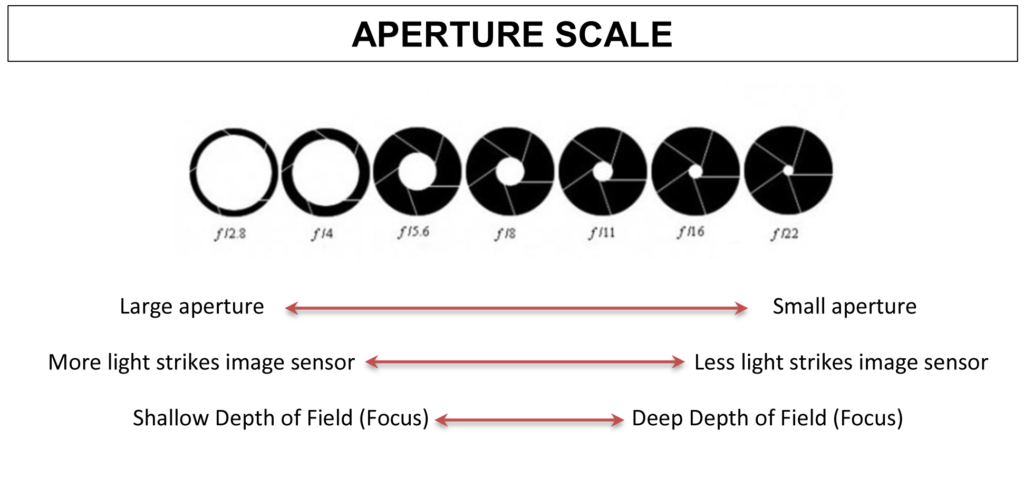
The aperture can be adjusted to make it smaller or larger.
The different aperture settings are called f-stops.
F-stops are counter-intuitive, because the larger the number, the smaller the opening.
For example, f/2.8 allows twice as much into the camera as f4 and 16 times as much light as F11.
aperture affects the depth of the field.
Larger openings create a shallower depth of field, while smaller openings make more of the image in focus.
Maximum Aperture
Lenses will list a maximum aperture on the barrel, indicating the maximum width a lens aperture can open.
Typically, lenses with a wider maximum aperture cost a bit more.
A lens with a wide maximum aperture is great for low-light situations.
So if you are considering night photography, it would be a worthy investment.
Depth of field
A shallow depth of field will give you a blurred background, while a large depth of field will keep everything in focus.
We can see everything around us with a shallow depth of field.
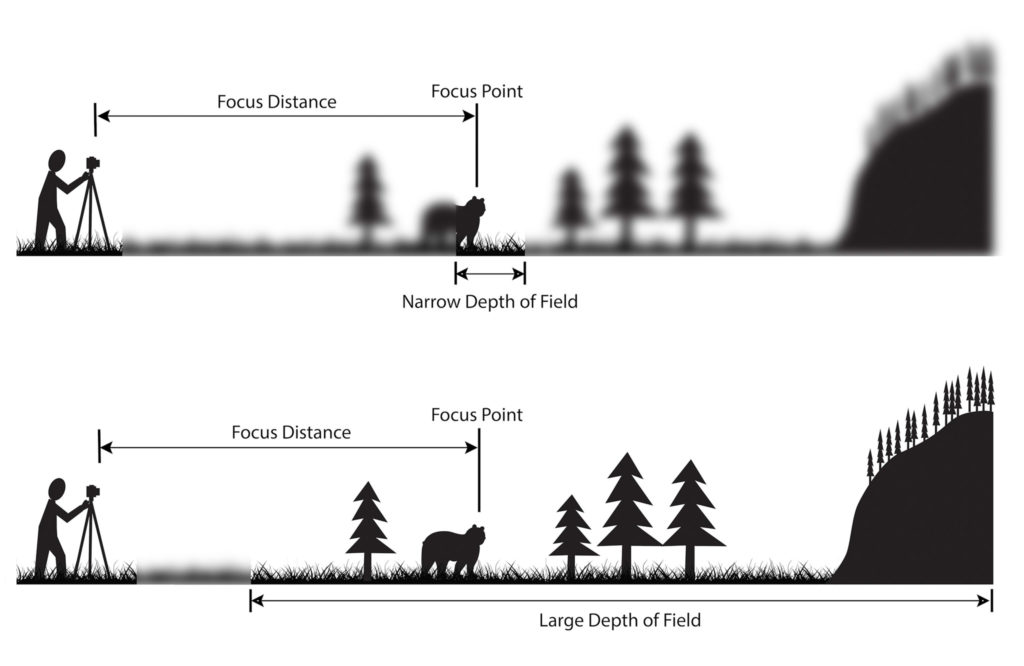
Your viewer (often) has less imagery to digest, and you can place more emphasis on a specific part of your frame.
Controlling the amount of the scene that is in focus is one of the photographer’s best tools to help draw the viewer’s eye exactly where you want it.
For example, landscapes are typically shot so that everything is in focus, so photographers shoot at small apertures.
The depth of field varies with the type of lens due to the maximum aperture.
Know Every Type Of Camera Lenses In Detail
A few types of camera lenses are the following…
Zoom lenses
A zoom lens makes it possible to photograph different views of a scene without changing your position or changing the camera lens.
It is one of the most common lenses that you will need in your photography armoury.
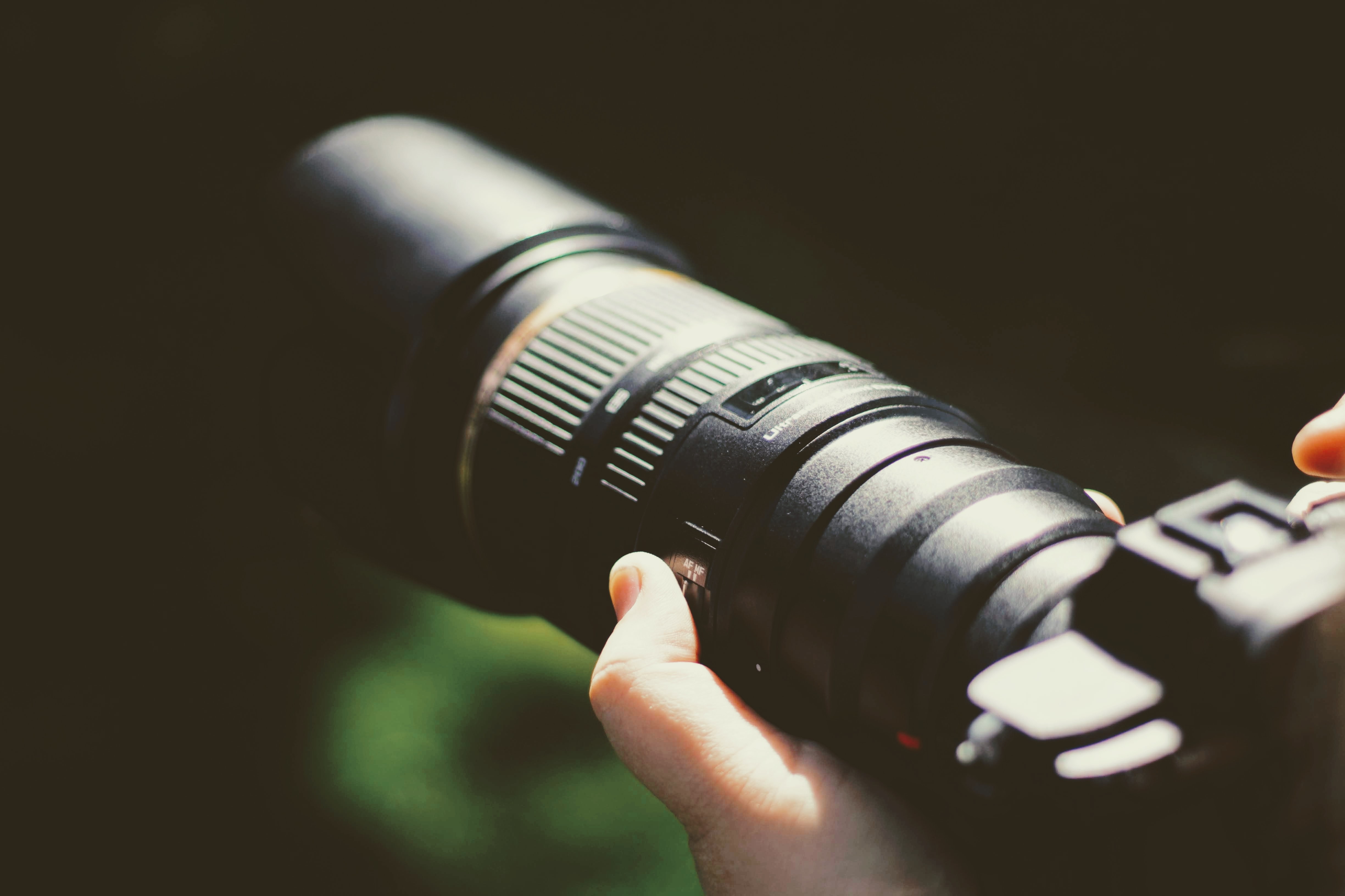
Photo by Joshua Hoehne on Unsplash
Zoom lenses can be used at various focal lengths and are also called variable focal length lenses.
This lens has variable focal lengths.
With a 70-200mm lens, for example, you can zoom from 70mm up to 200mm.
These types of camera lenses are found in both fixed-lens cameras and interchangeable-lens cameras.
The magnification or focal length range of the lens can usually be found right on or around the barrel of the lens.
Zoom lenses are incredibly versatile, with the most popular being the 70-200mm lens that you will see being used by wedding photographers.
Zoom lens range for good quality and adaptability.
It’s the all-around lens that everyone needs to have.
Prime lens
A prime lens is a classic style lens that has been around as long as cameras have.
These types of camera lenses have a fixed focal range, which means that you can’t zoom in or out.
These types of camera lenses have a single focal length and are also known as fixed focal length lenses.
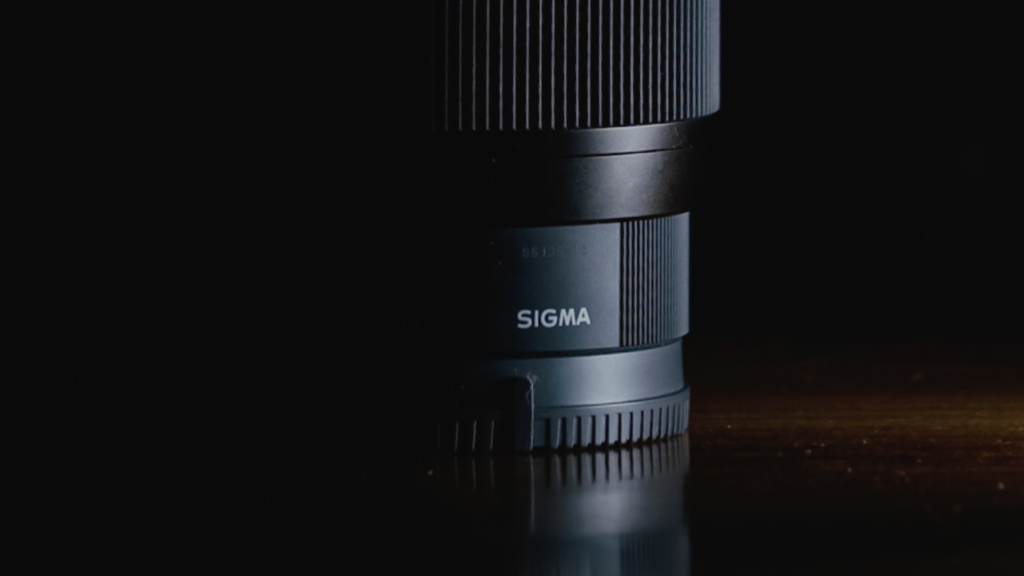
When using a prime lens, the view or perspective only changes if the distance between the camera lens and the subject changes.
In other words, you will have to move closer or further away from your subject to get different views while using a prime lens.
You’re unable to change the focal length of a prime lens, however, you can still adjust the focal distance of the lens via the focus ring.
The main advantage of prime lenses is that they specialize in just one focal length.
In other words, they are finely tuned to deliver on one specific type of photograph, unlike a zoom lens which can be used in a multitude of cases.
Because of this, prime lenses produce much higher-quality images than zoom lenses in general.
But you need to know in which situation you can use them.
For example, the 50 mm prime lens, otherwise known as the NIfty fIfty, is perfect for portraits, as the focal length is seen to be as close to the human eye as possible.
A 3mm prime lens, on the other hand, is usually best employed by landscape photographers.
Prime lenses are very sharp focusing lenses compared to some zoom lenses.

That is partly because there are fewer elements in a prime lens for the light to pass through on its way to the camera image sensor.
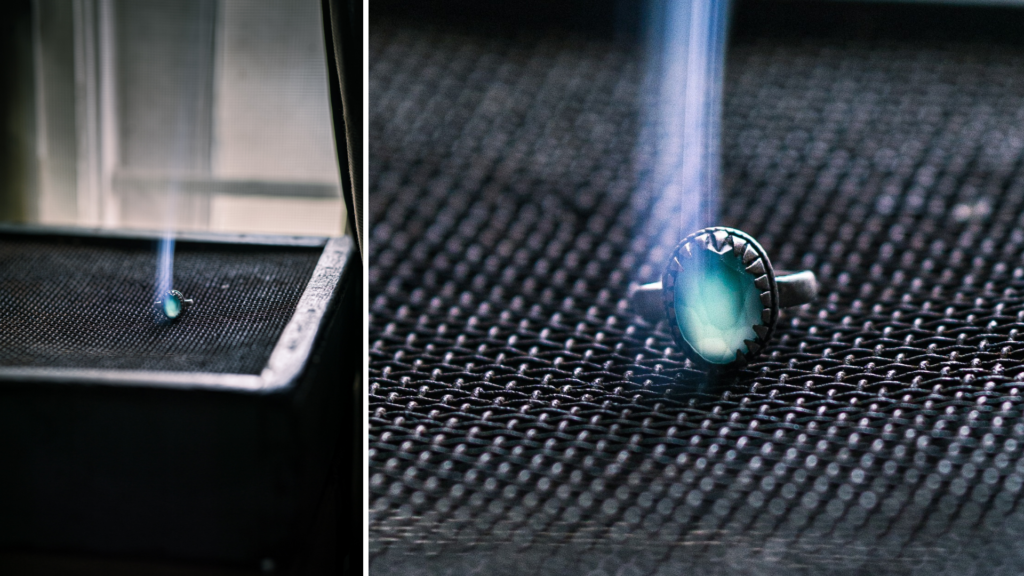
Shot on Sigma 56MM F1.4 x Sony A600
These types of camera lenses are lighter and not as bulky as zoom lenses which makes them more convenient to carry around.
Prime lenses vs Zoom Lenses
Prime lenses are generally less expensive than zoom lenses and will give you high-quality images without breaking the bank.
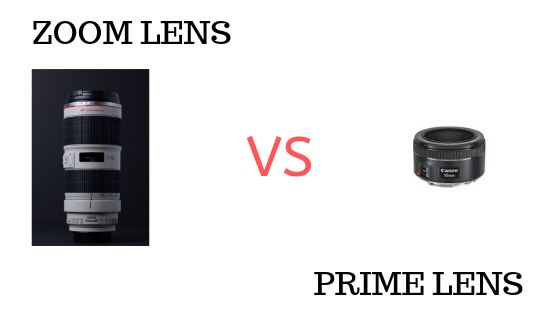
These lenses offer better quality in photos and video.
They are built around a specific number of set parameters rather than constantly fluctuating parameters like in a camera zoom lens.
Another benefit of prime lenses over zooms is that a prime lens forces you to move the camera to a more intentional angle rather than just zooming in from your last setup.
Many prime lenses have large aperture openings such as F1.8 and F2.4 which make them great for shooting in low light.
The only disadvantage to using a prime lens is that you may have to move in closer or further away to frame a subject to your liking.
(unless you choose to purchase more than one in different focal lengths)
With that being said, just know that prime lenses are available in a wide variety of popular focal lengths such as 28mm, 50mm, 85mm, 135mm, and 200mm to name a few.
There are also many Macro prime lenses available to use for close-up photography.
Parfocal lens
A parfocal lens is a lens that remains in focus even as the magnification or focal length changes.
Parfocal lenses allow the user to zoom back out while maintaining the same focus.
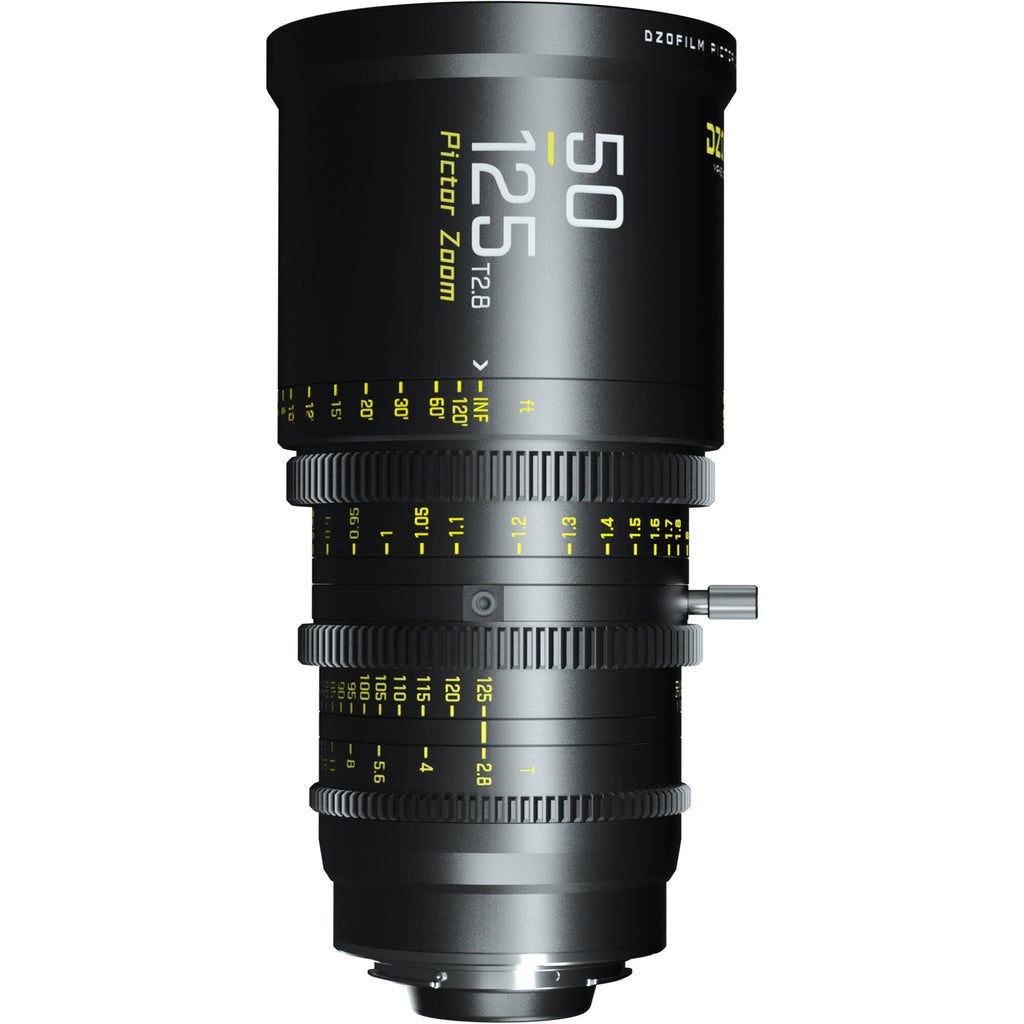
These lenses are not just used in photography, they are also common in telescopes and microscopes.
Parfocal refers to a lens that will stay in relative focus while the focal length of a zoom lens is changed.
Any lens that is considered parfocal must be categorized as a zoom lens because the focal length of a prime lens cannot be changed.
Standard lenses
A standard lens has a set (prime) focal length that is around the same length as the camera sensor or film gauge (measured diagonally).
For a full-frame sensor, your focal length would come in right around 42mm.
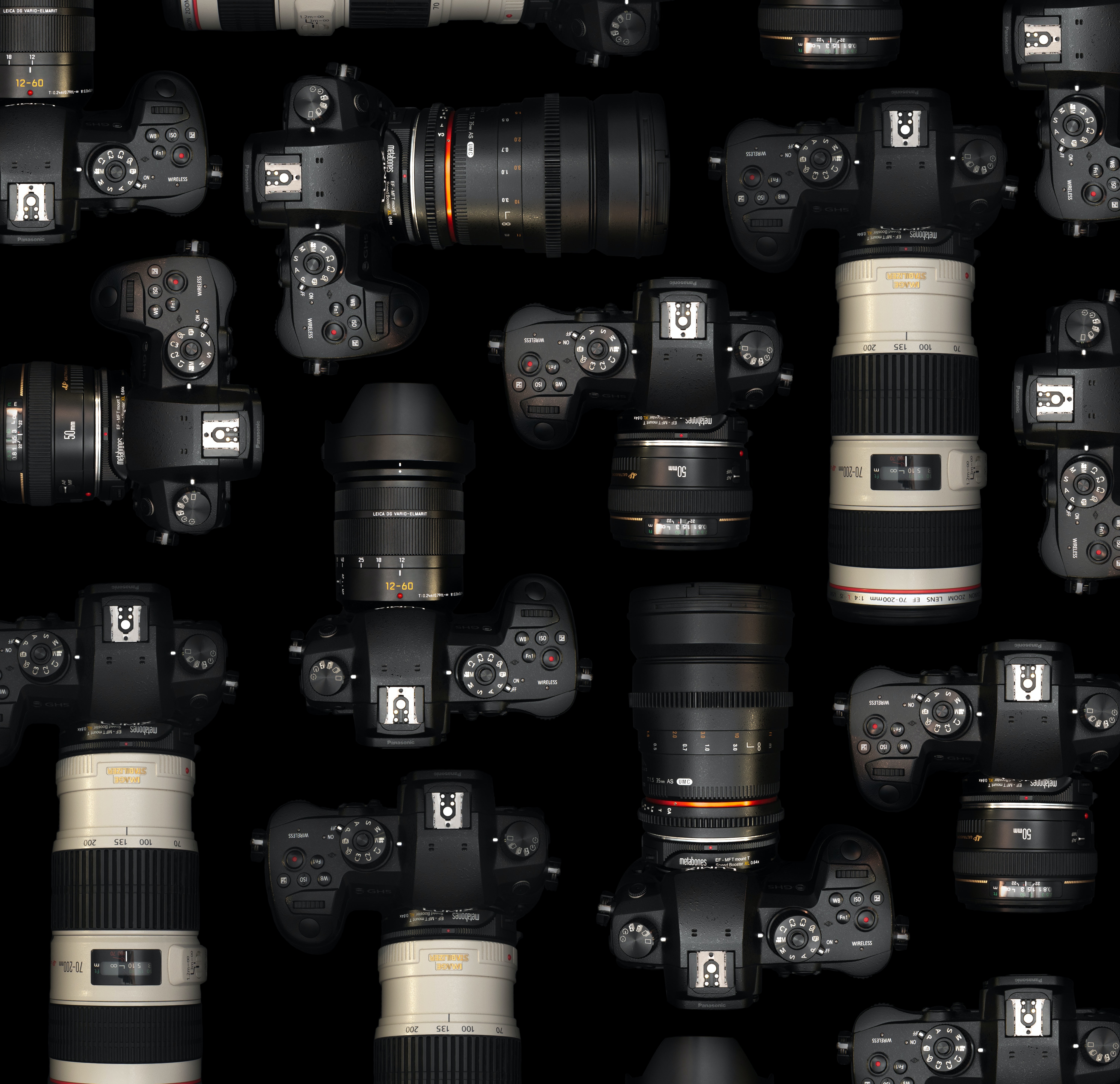
Photo by Dan-Cristian Pădureț on Unsplash
Often a lens with a focal length that falls between 35mm to 55mm can be categorized as a “standard” focal length.
Standard lenses have a mid-range focal length, usually between 35mm and 85mm.
These lenses offer a fairly accurate representation of what the human eye sees, both in terms of visual angle and perspective.
As a result, images are perceived as more natural than those taken with other types of camera lenses.
These are also known as “normal lenses”.
The human-like viewpoint of these lenses is especially valuable in documentary projects such as street, portrait, and travel photography.
Beyond these genres, this lens is considered a standard lens that every professional photographer must have in their equipment.
Out of the many options, the 50mm prime lens, popularly referred to as “Nifty Fifty,” is the preferred gear choice among professionals and amateurs alike.
Fisheye lenses
These types of lenses are ultra-wide-angle lenses with a focal length between 4mm to 14mm.
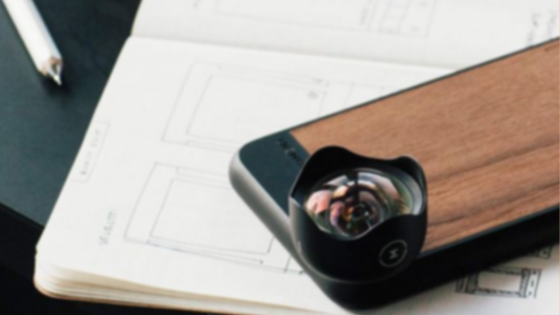
A fisheye lens is any lens with a set focal length that is significantly shorter than the length of the sensor of the film (measured diagonally).
For a full-frame sensor, your fisheye focal length would be anything below 23mm.
History of the fisheye lens from Vox
They’re most commonly used in abstract photography.
Their unique mapping gives the image a convex appearance and distorts straight lines.
The lowest focal lengths can result in circular images that provide a 180° view.
As you might’ve guessed, their name comes from their similarity to fish eyes.
You can see in the frontal element of the lens that it bows forward to offer a panoramic view.
The singularity of this type of camera lens makes them unsuitable for most projects.
They are a wonderful tool to bring your creative photography ideas to life.
Telephoto lenses
Telephoto lenses have long focal lengths, starting from 85mm.
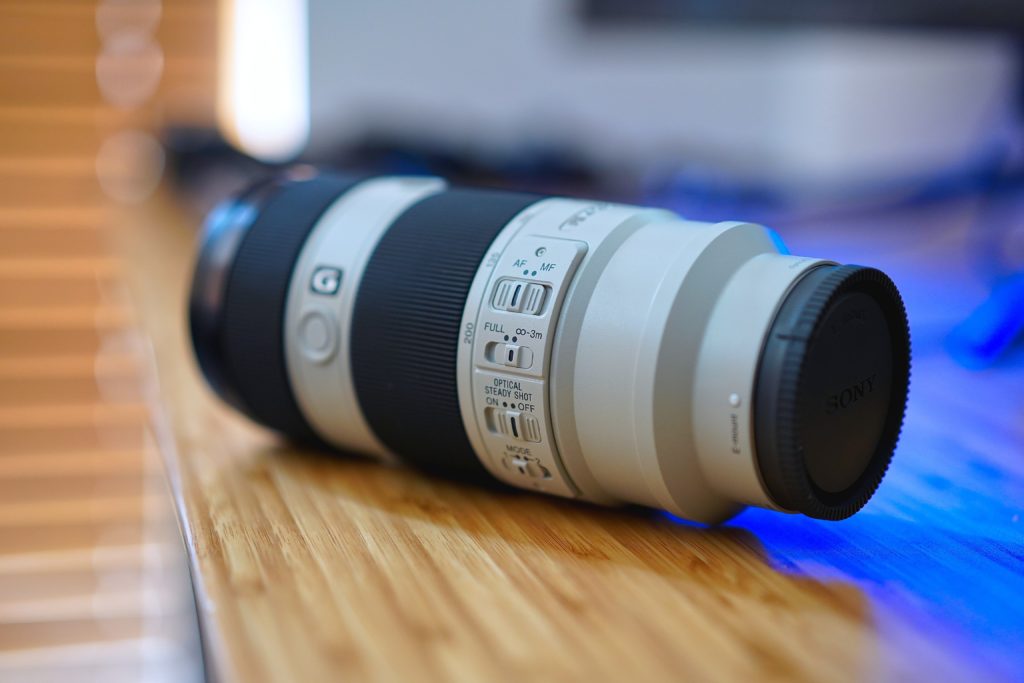
This lens allows you to photograph subjects from a distance thanks to their magnification.
They are significantly heavier and bigger than other types of lenses.
More often than not it requires the use of camera accessories such as tripods or monopods.
It has a special lens group built inside, known as a telephoto group.
This is because some lenses have a focal length that is greater than the physical length of the lens.
An example of this could be a 500mm lens, but it depends on the physical length of the lens.
Since the depth of field is inversely proportional to focal length, these lenses inherently produce very narrow focal planes.
This makes short telephoto lenses (85mm to 135mm) especially useful for portrait photography.
As the background appears completely blurred.

In other types of photography, they offer the ability to get close-up shots from a significant distance away.
This is what makes these lenses so popular in a variety of fields, such as sports and wildlife photography.
Conclusion
The different types of camera lenses are the most important aspect of the camera, without a lens the camera is junk.
Each type of camera lens has a specified and limited role.
It all depends on the photographer and how he/she uses it for their benefit.
It is very important to use the correct lens for the particular image and video according to the desirable lens characteristics needed for capturing a moment.
If you’re not good at picking lenses for different conditions then do enough practice or learn from the best.
You can check out our blog to learn more about photography, or you can search on YouTube for some cool photography tricks.
Yeah, it’s that simple & free way to learn photography.
May you like
- Top 6 Websites To Sell Photos Online And Make Real Money
- 27 Great Photography Blogs You Need To Follow Today
- 10 Sharp & Easy Editing Tips To Make Any Photo Look Professional
That’s all from my end, I hope you guys liked the way I defined the Camera Lens & each different type of camera lens in detail.
Comment below your favourite & go with the focal length and camera body which you like to use.
Have a good day 🙂
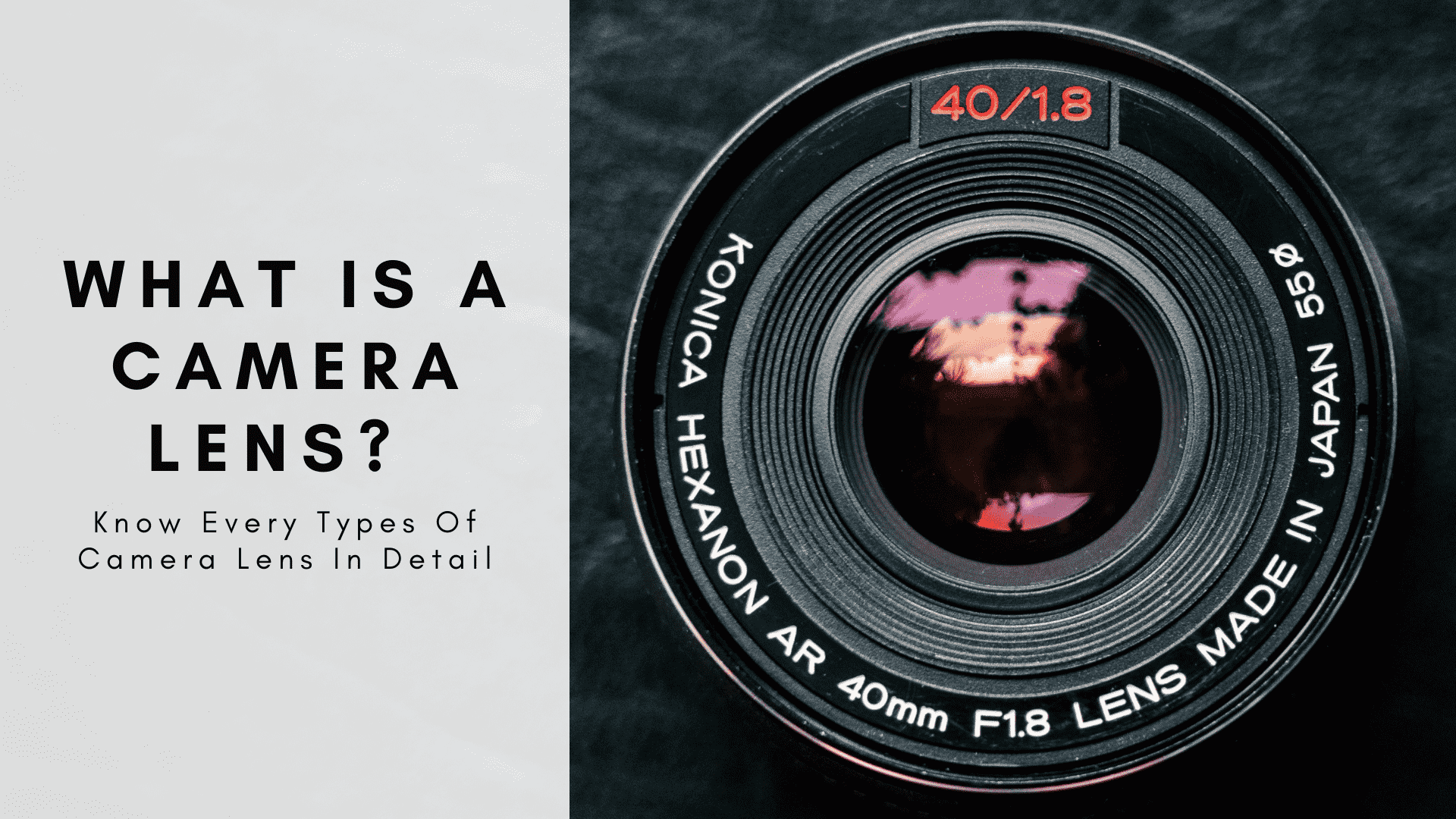
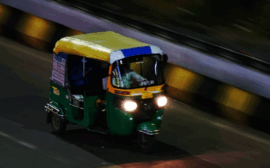
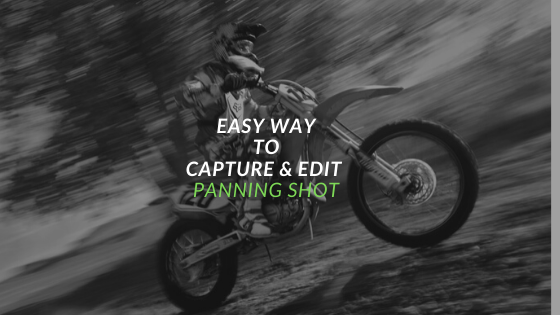

 FREE Guide Revealed!
FREE Guide Revealed! Don't Miss Out The Opportunity To Earn as Photographer in this year :)
Don't Miss Out The Opportunity To Earn as Photographer in this year :)